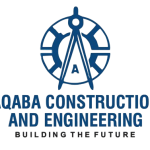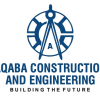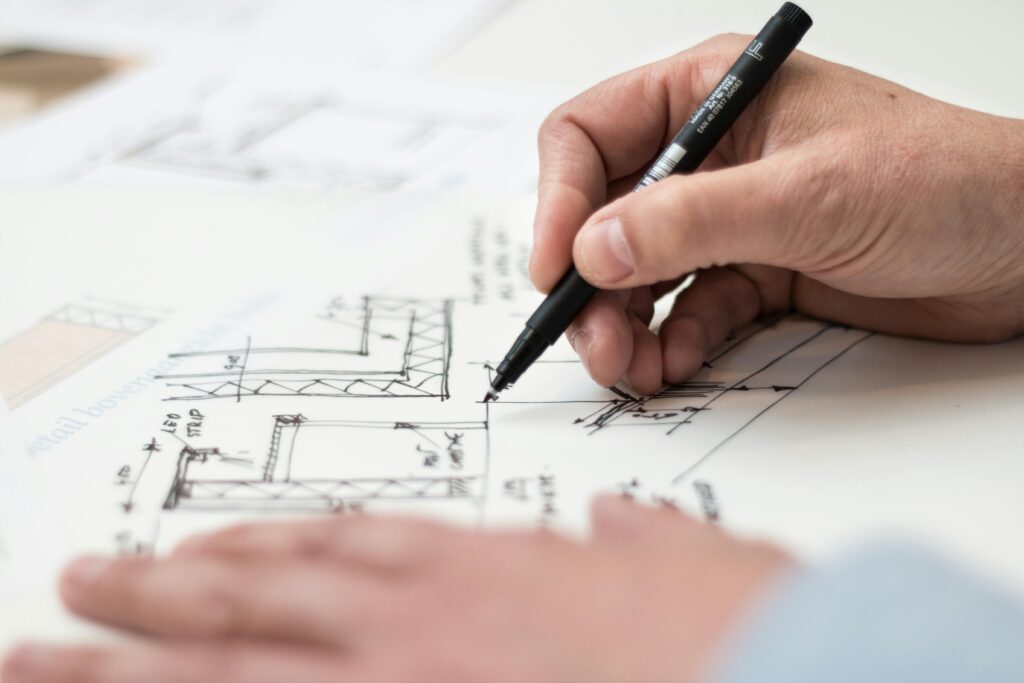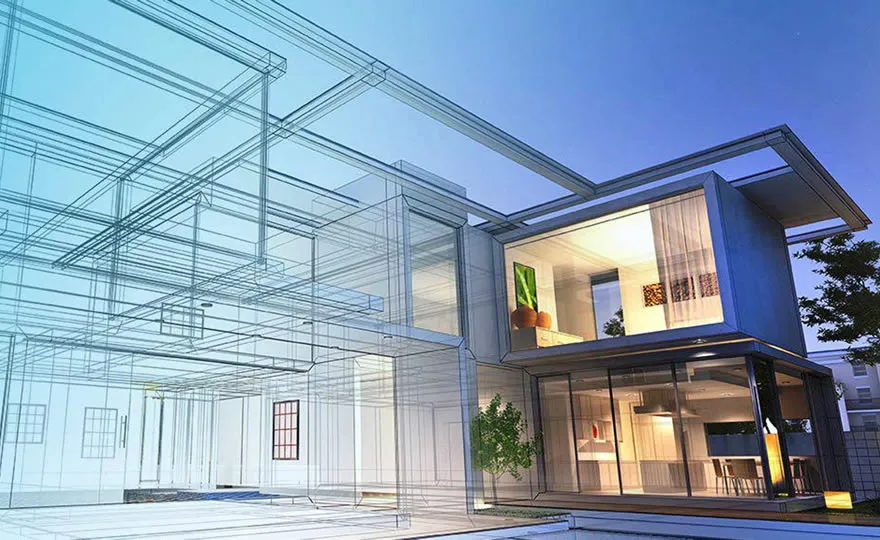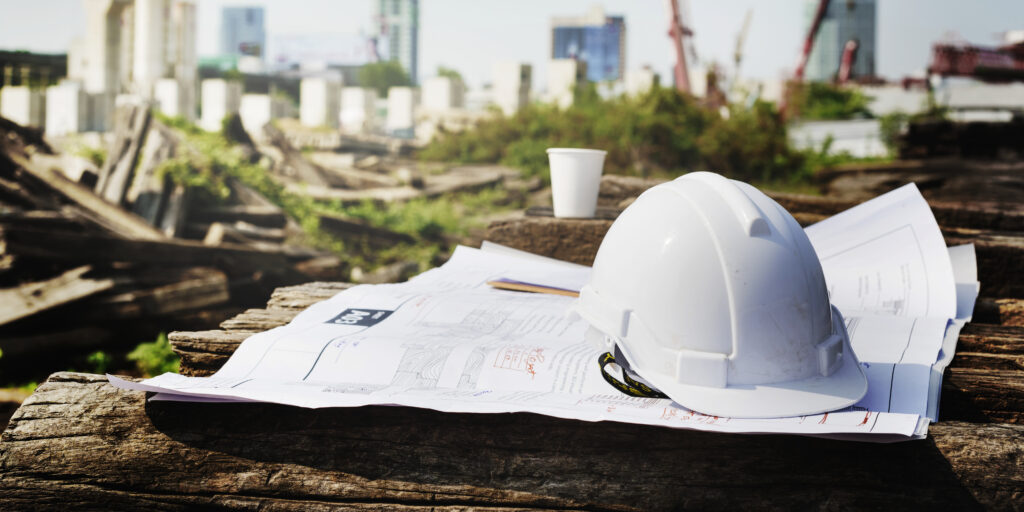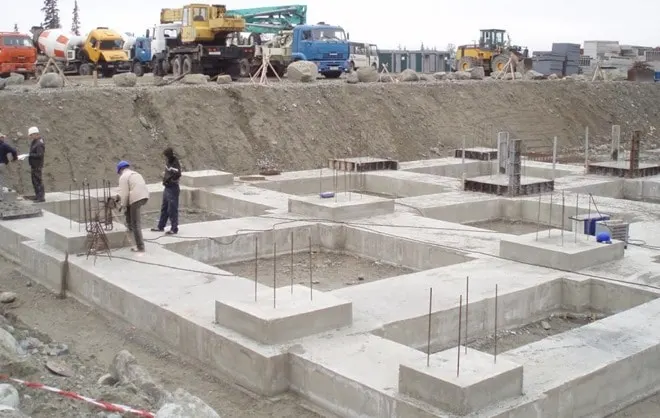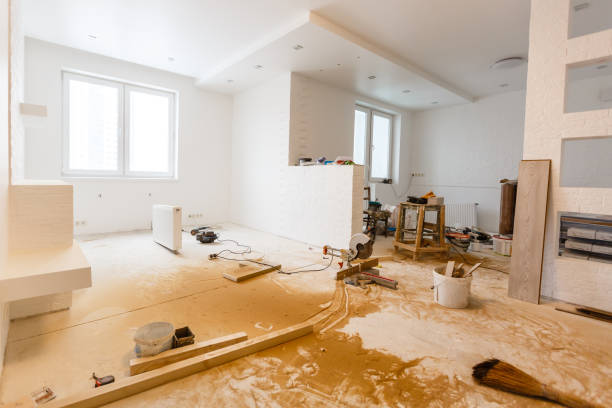Main Types of Structural Builds in Construction
1. Foundations
The base that transfers loads from the building into the ground.
Types:
Shallow foundations (spread footing, mat foundation)
Deep foundations (piles, caissons)
2. Columns
Vertical members that transfer loads from slabs/roofs down to foundations.
Can be reinforced concrete, steel, or timber.
3. Beams
Horizontal structural members that carry loads from slabs and transfer them to columns.
4. Slabs
Flat horizontal surfaces (like floors and roofs) that distribute loads to beams and columns.
5. Walls
Can be load-bearing walls (carry loads) or non-load-bearing walls (just partitions).
6. Trusses & Roof Structures
Frameworks (often in steel or timber) that support roofs and large spans.
In short:
Structural builds = foundation + columns + beams + slabs + walls + roof system.
They form the load-bearing skeleton of any construction project.
Do you want me to make a labeled diagram of a complete structural building skeleton (foundation → columns → beams → slabs → roof) so you can see how all these parts fit together?
